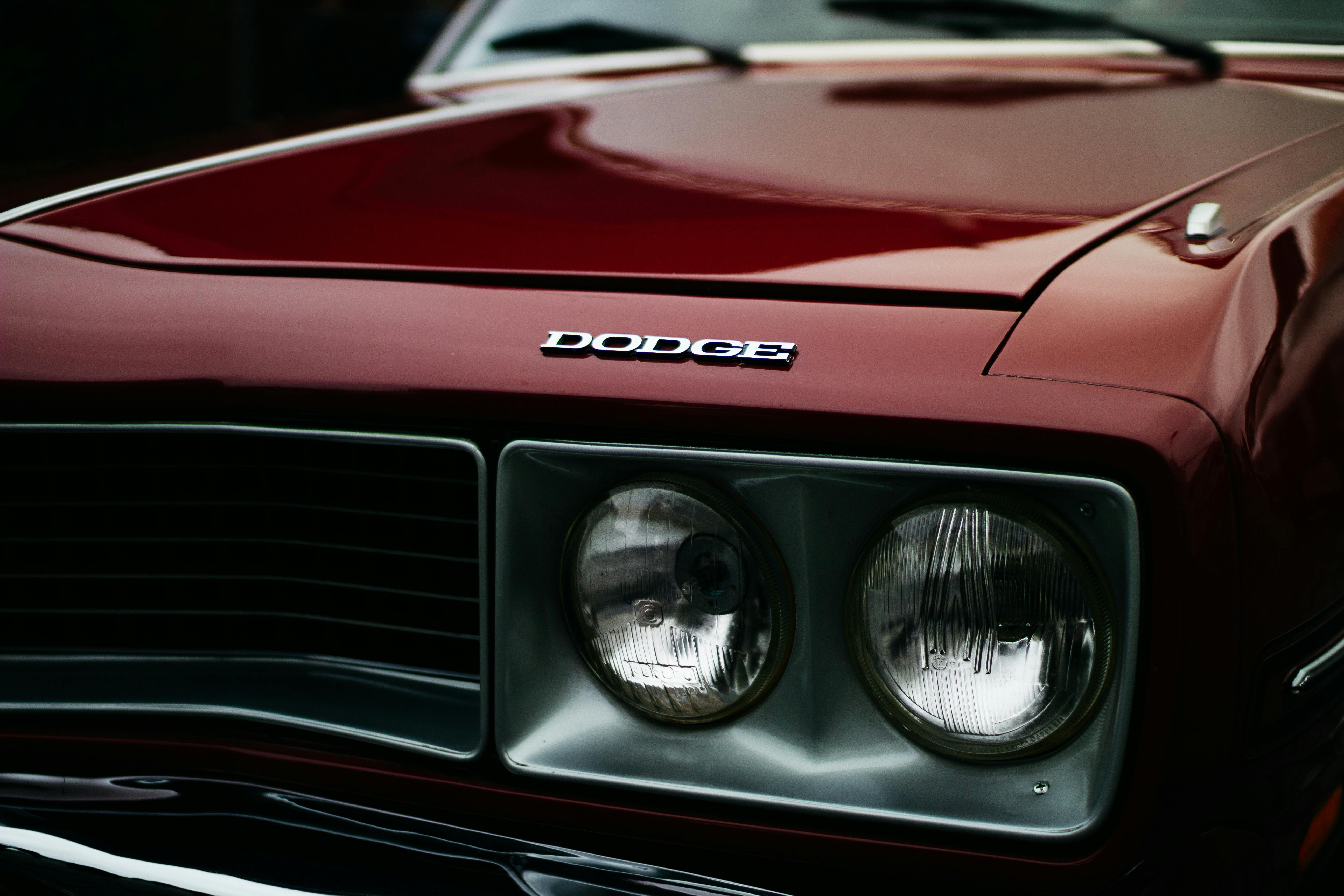In years to come, the last fortnight could well be seen as the moment when West Indies cricket began its ascent to regain its previous position as one of the pre-eminent teams in the world. And make no mistake, world cricket needs a successful and vibrant team from the West Indies.
Firstly, the West Indies Cricket Board (WICB) and the West Indies Players Association (WIPA) have finally reached a mutual agreement that will see the selection of a first choice team for the upcoming tour to Australia. Also, in the last two weeks, a little-known team from Trinidad and Tobago met and beat all the entrants in the inaugural T20 Champions League tournament in India.
Even if the team, which has been superbly coached by Daren Ganga, fails to repeat their earlier success against New South Wales in today’s final, it is Trinidad and Tobago who will be remembered for lighting up the competition. The unity of the team, the team spirit and the refusal to abandon lost causes has made them stars. What makes this even more remarkable is the fact that aside from Dwayne Bravo and Dinesh Ramdin, none of the players are considered first picks for the West Indies team.
All of this suggests that the state of West Indies cricket may not be as terminal as many observers feared. If the spirit and quality displayed by Trinidad and Tobago can be replicated by the West Indies Test and limited sides, then there should be a steep upward curve in their rankings in all forms of the game. This is not to say that West Indies cricket is cured – the WICB is still in dire need of restructuring and needs to change its style and attitude towards players. Former players like Michael Holding, Clive Lloyd and Sir Vivian Richards should have prominent roles in the WICB for the Board and the team to come together in the interest of West Indies cricket. The board must recognize that players must have access to the riches available to them in English County Cricket and even more so in the Indian Premier League. In return, the players must show the same fight and desire that their illustrious predecessors had when wearing the famous maroon cap.
All of this will not happen overnight; in fact, it may never happen. But let’s hope it’s the beginning of a long road to former glories. However, now that the impasse with the WICB has been overcome, at least the team can focus on preparing for the difficult task ahead in Australia, where the first of three tests will take place. The series begins in Brisbane on November 26. Before that, the selectors have an interesting task in choosing the squad with several players from Trinidad and Tobago presenting a good case for selection, as well as Kemar Roach and Darren Sammy from the WICB XI who played in the Champions Trophy.
The first important decision that the coaches must make is who should captain the team. I think we can safely ignore the claims of Floyd Reifer, who captained the WICB XI during the dispute between the board and WIPA. This probably leaves two options: Chris Gayle and Ganga. The laconic Gayle, who managed the team before the dispute, had seen his fortunes improve with a drawn series in New Zealand before the home win over England. He also led the team to the semifinals of the T20 World Cup and this week expressed his desire to rejoin as captain. “If they ask me to do the job, I will commit,” Gayle told Reuters. “It’s always an honor to be the captain of the West Indies. I’m always committed to doing that. Support-wise, the players have been really good and it shouldn’t be a problem. Once they ask me, definitely.”
However, Ganga has impressed many observers with the way he has managed Trinidad and Tobago. The basic ingredients of togetherness, the willingness to fight for one another and the ability of someone who is prepared to raise their hand when something special is required are just what the West Indies need. Although Ganga is only averaging 25.71 over 48 tests and has only earned three centuries, his fearless and vibrant captaincy makes this an interesting conundrum for selectors. Ganga’s ability to unify individuals and make the collective stronger than the sum of its parts should triumph. If so, he could hit in the middle order instead of his usual starting role.
Gayle, along with Ramnaresh Sarwan and Shivnarine Chanderpaul are obvious picks for the selectors. Trinidad and Tobago’s Lendl Simmons and 19-year-old Adrian Barath should join them on the team. The former has shown sporadically over the last year the necessary quality at international level and now needs to be more consistent. Barath is an exciting prospect already averaging 46.05 in his first-class career and could become Gayle’s long-term opening partner at both the test and limited overs level. If the selectors want to pick a seventh batsman, then Australian Brendan Nash would seem the most likely.
Dwayne Bravo, who has the potential to become the world’s most accomplished all-rounder now that Andrew Flintoff has retired and Jacques Kallis continues to age, is a favourite, as is Ramdin as a wicketkeeper. Kieron Pollard has shown during the Champions League that he has the necessary temperament for the big stage, so he could be a shrewd pick as a cover for Bravo.
This brings us to bowlers. Jerome Taylor and Fidel Edwards should enjoy bowling at Australian wickets. So should the extremely fast Roach who impressed against Bangladesh and during the Champions Trophy. Ravi Rampaul, Daren Powell and Sammy will also be in contention. In the effects department, there isn’t as much strength in depth and Gayle will probably have to support Sulieman Benn, who did reasonably well against England when they toured the Caribbean.
So the test team could end up as follows:
Daren Ganga (C), Chris Gayle, Adrian Barath, Ramnaresh Sarwan, Lendl Simmons, Shivnarine Chanderpaul, Dwayne Bravo, Kieron Pollard, Dinesh Ramdin, Chadwick Walton, Sulieman Benn, Jerome Taylor, Kemar Roach, Fidel Edwards, Ravi Rampaul, and Darren Sammy
There is no doubt that a tour of Australia is probably the toughest task of all, but with Ganga at the helm and a bevy of talented players in the squad, the West Indies should at least be able to compete with Ricky Ponting’s side. The raw ingredients are there to cause some surprises, even if Australia is likely to win the series. Cricket fans from all over the world are hoping that this is the beginning of a new dawn in Caribbean cricket.









